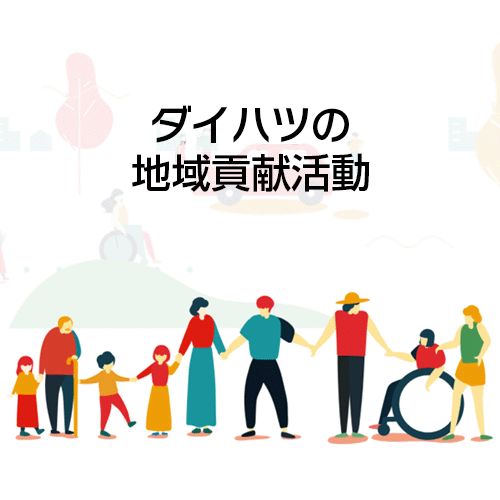- Products / Technology
- Technology
- SDGs /CSR /Environment
- NEWNov. 04, 2004
Toyota and Daihatsu Team Up to Develop Eco-Friendly Coating Processes - Drastically Reduces VOC and CO2 Emissions -
Nov. 04, 2004
Toyota Motor Corporation (Toyota) and Daihatsu Motor Co., Ltd. (Daihatsu) today announced that they have jointly developed, in collaboration with Kansai Paint Co., Ltd., water-borne coating technologies that reduce the emission of volatile organic compounds (VOCs) and CO2.
Recently, the reduction of VOC and CO2 emissions has become an urgent issue worldwide. In the conventional coating process, either a water-borne primer or water-borne base coat, or both, are applied to reduce VOCs, and low-temperature baking processes are employed to reduce CO2. However, it is very difficult to reduce VOC and CO2 at the same time with these processes. In 2000, Toyota and Daihatsu joined with Kansai Paint to research and develop a water-borne coating process that could reduce these emissions simultaneously.
The joint efforts have led to development of two new processes: the world's first* water-borne 1 coat solid coating, and Japan's first* water-borne 3 wet metallic coating. These technologies are expected to reduce VOC emissions about 70% and CO2 emissions about 15% compared with the conventional coating process. The amount of emission is the smallest in the world.
These new processes will be applied at the new Oita (Nakatsu) Plant of Daihatsu Auto Body Co., Ltd., a Daihatsu subsidiary. The plant is scheduled to begin operation in December 2004.
*As of October 2004; survey conducted by Toyota and Daihatsu.
Features of the new coating techniques
Water-borne 1 coat solid process (A world's first)
As for the solid coating process, the new water-borne paint can be directly coated onto the undercoat with this new technique. The technique was made possible by development of a new water-borne paint, and by careful humidity control of the coating environment.
Water-borne 3 wet metallic coating process (A first in Japan)
This process applies a new water-borne primer and clear solvent coat. The 3 layers (water-borne primer, base coat, and clear solvent coat) are baked at the same time, eliminating the baking process for the primer. This process was made possible by development of a new water-borne primer and clear solvent coat, and by careful humidity control of the coating environment.




